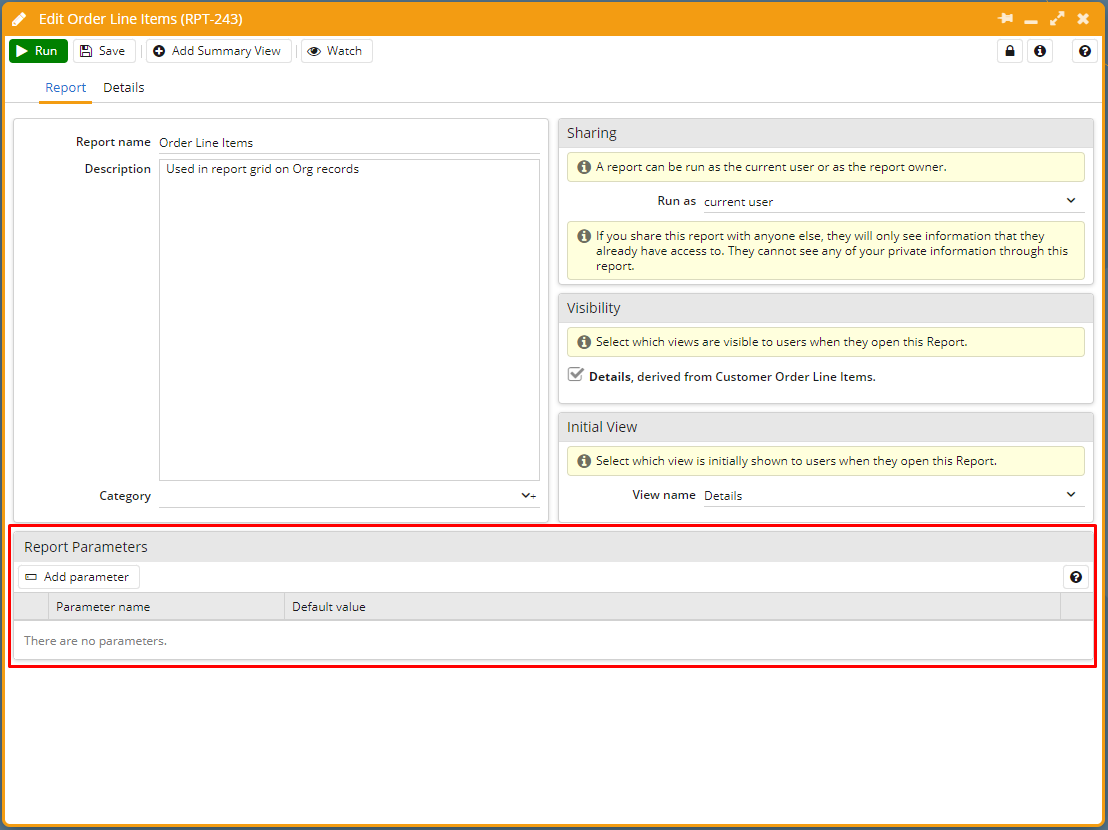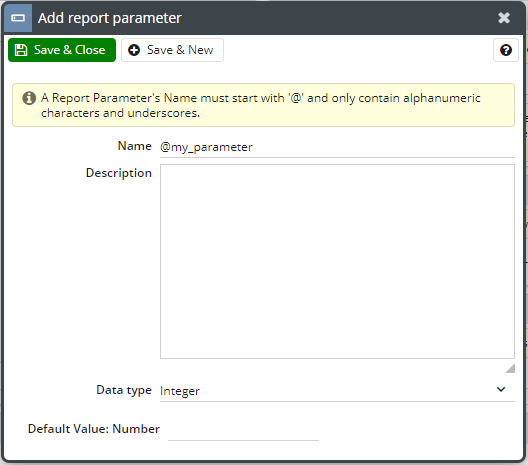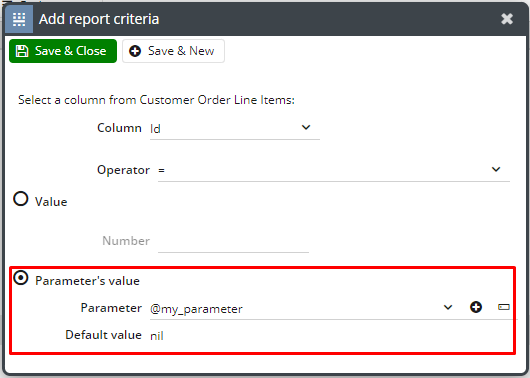Knowledgebase articles
- Welcome to the Knowledge Base
- Introduction
- Training
- Getting Started
- Preferences
- Activities
- Cases
- Importing Data
- Leads
- Marketing
- Introduction to Marketing
- Marketing Campaigns
- Mailing Lists
- Products
- Mailshots
- Upload Library
- Templates
- Event Management
- Compliance Records
- Force24
- Spotler Integration
- What is Spotler?
- Navigating your Spotler homepage
- GatorMail
- GatorLeads / Web Insights
- Tracking Code
- Setting up the Plugin
- Viewing Web Insights Data on your Form Layouts
- Domain Names and Online Activities
- Reporting incorrect Leads created through Web Insights
- Reporting on Web Insights data
- Using UTM Values
- Why aren’t Online Activities being created in the database?
- Why is GatorLeads recording online activities in a foreign language?
- GatorSurvey
- GatorWorkflow
- GatorPopup
- Opportunities
- Projects
- Integrations
- Mapping
- Electronic Signing Tools
- Creditsafe Integration
- Zapier
- Introduction to Zapier
- Available Triggers and Actions
- Linking your Workbooks Account to Zapier
- Setting up Zaps
- Posted Invoices to Xero Invoices
- Xero payments to Workbooks Tasks
- New Case to Google Drive folder
- New Case to Basecamp Project
- New Workbooks Case to JIRA Ticket
- Jira Issue to new Case
- 123FormBuilder Form Entry to Case
- Eventbrite Attendee to Sales Lead and Task
- Facebook Ad Leads to Sales Leads
- Wufoo Form Entry to Sales Lead
- Posted Credit Note to Task
- QuickBooks Online
- Survey Monkey responses to Tasks
- Multistep Zaps
- Email Integrations
- Event & Webinar Integration Tools
- GoToWebinar
- ON24
- Microsoft Office
- Outreach
- Installation
- Outreach Authentication
- Sync People to Outreach Prospects
- Sync Organisations to Outreach Accounts
- Sync Workbooks Opportunities to Outreach
- Sync Tasks/Activities from Workbooks to Outreach
- Sync Outreach Sequences to Workbooks
- Sync Outreach Sequence States to Workbooks
- Sync Outreach Sequence Step Numbers to Workbooks
- Sync Prospects/Accounts/Opportunities from Outreach to Workbooks
- Sync Outreach Tasks/Calls/Meetings to Workbooks
- Scribe/Workbooks Connector
- RingCentral
- Auditing
- Comments
- People & Organisations
- Reporting
- Introduction to Reporting
- Using Reports
- Introduction to Charts
- Exporting Reports
- Advanced Reporting
- Report Snapshots
- Dashboards
- Transaction Documents
- Introduction to Transaction Documents
- Displaying & Adding Transaction Documents
- Copying Transaction Documents
- Transaction Documents Fields Help
- Transaction Documents Line Items Help
- Printing & Sending Transaction Documents
- Managing Transaction Document Currencies
- Managing Transaction Document Statuses
- Setting a Blank Default Currency on Transaction Documents
- Credit Notes
- Customer Orders
- Invoices
- Quotations
- Supplier Orders
- Contract Management
- Sagelink
- Introduction to Transaction Documents
- Configuration
- Introduction to System Administration
- Users & Security
- Database
- Accounting
- Email Integrations
- Customisation
- Creating & Modifying Picklists
- Theme
- Record Types
- Creating Custom Fields
- Report-based Custom Fields
- Linked Fields & Reference Fields
- Record Templates
- Form Layouts
- Customising relationships between parties
- Opportunity Stages
- Custom Records
- Sign In Customisation
- Automation
- Contact Support
- Releases & Roadmap
Improving the Performance of Report Cells/Grids
Having Report Cells on Records is a great way to add meaningful data to the already critical information held about a Person or Organisation on your database. Problems can arise, however, when these Reports become exceedingly large – impacting the load time of every Record a user might try to open. It’s therefore crucial to optimise these Reports to ensure your Workbooks stays quick and snappy.
Report Criteria Parameters work by feeding in the Criteria for the Report first – regardless of whether the Criteria lies on a Summary View. This ensures that only the Cells you want to see are loaded.
To begin setting up a Report Parameter on your report cell, navigate to the Report tab. At the bottom of the window you will notice a Section dedicated to Parameters.

Clicking the ‘Add Parameter’ button will initiate the setup window:

In this window you will need to configure 4 elements:
- Name – any combination of alphanumeric characters and underscores that begins with an ‘@’. We recommend that you name it something relevant to the Report as you will need to be able to identify it later on.
- Description (Optional) – a short account of the parameter and its purpose.
- Data type – ensure this is the same as the column the parameter will apply to.
- Default Value – this will normally be set blank, but should be populated with values for testing purposes.
Adding a criteria to this Report will now reveal the Parameter’s value option. Here you will find a Picklist from which you can select the Parameter you configured earlier, as well as options to open the Parameter or create a new one.

To ensure the Criteria Parameter is working, simply refresh the report with the new nil value Parameter and the Report should return no results.
Next, navigate to your Report Cell within the relevant Record Type Customisation window. Within the ‘Constrain results’ subsection, change the Report Column field to your parameter you set earlier. Also edit the Operator to ‘to the value of’ and ensure the Form Field is referencing the field you wish.
Once saved, the report cell will operate more efficiently – equating to faster load times on the relevant Record pages.